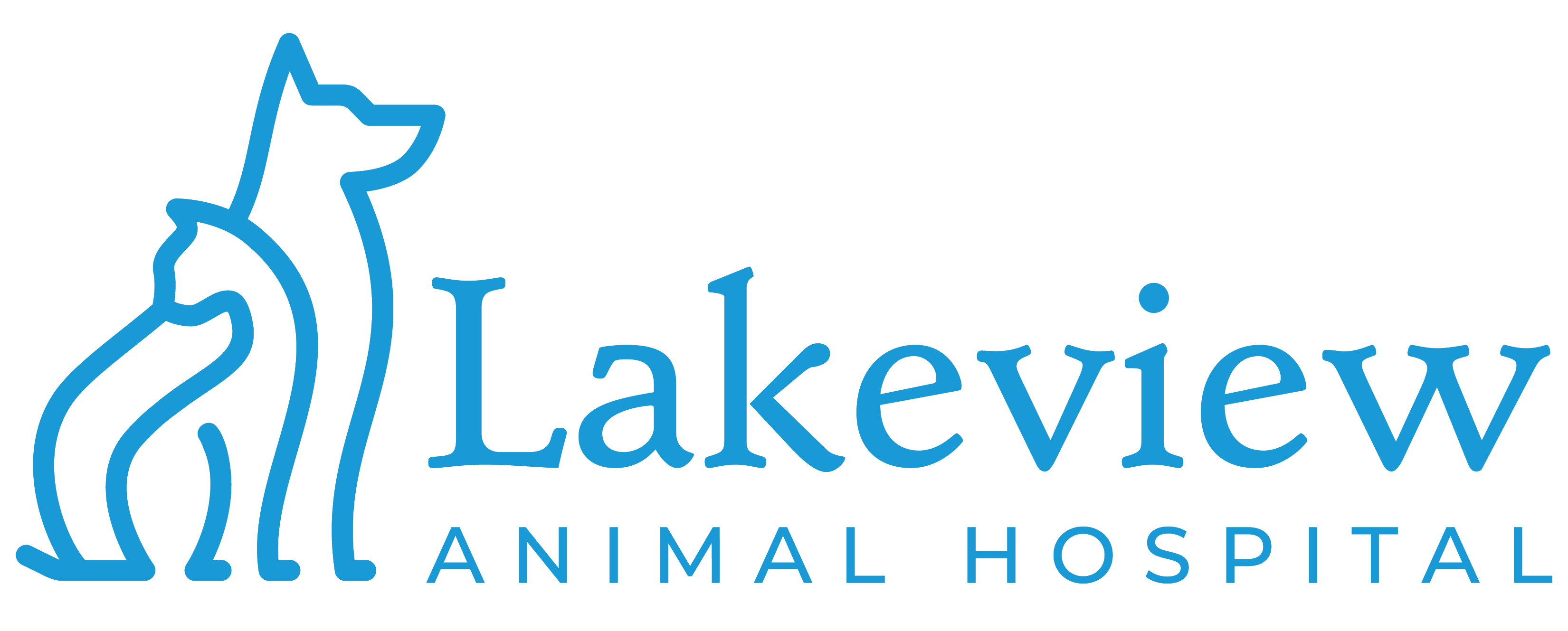Educational Articles
-
Amyloidosis occurs when amyloid proteins are deposited outside cells in various tissues and organs, causing tissue and organ dysfunction. It is uncommon in dogs, except in beagles, Chinese Shar-Peis, collies, treeing walker hounds, and English foxhounds. Signs depend on the organs involved, but kidney involvement is most common. If kidneys are involved, signs include mouth ulcers, weight loss, vomiting, and dehydration. For dogs with liver involvement, signs include weakness, pale gum color, distended abdomen, rapid heart rate, rapid breathing, abdominal pain, and collapse.
-
Anal sac disease is a common problem in dogs that can be very uncomfortable or painful. Signs to watch for, diagnosis, and treatments, including identifying and managing underlying causes are outlined in this handout.
-
Anaphylaxis is an acute severe allergic reaction caused by an overreaction of the body's immune system to an allergen such as a food protein, medication, vaccine antigen, or other chemical. The most common signs include itching, cutaneous edema, hives, excessive drool, vomiting, diarrhea or respiratory distress. Diagnosis is made based on history and physical exam.
-
Anemia is a medical term that refers to a reduced number of circulating red blood cells, hemoglobin, or both. Anemia has a wide variety of causes and appropriate treatments based on the specific cause. Signs of anemia include the loss of the normal pink color of the gums, loss of energy or stamina, weight loss, labored breathing, loss of appetite, a faster than normal heart rate, or signs of blood loss. Several tests are performed to diagnose anemia and additional testing may be required to determine the specific cause. Toxins, infectious diseases, or cancer are some possible causes. Prognosis is variable depending on the underlying cause and how early anemia is diagnosed.
-
Anisocoria is a condition in which the pupils of the eyes are different sizes; one pupil is larger than the other. Anisocoria is a symptom of an underlying condition or disease that needs to be identified and treated. Prognosis is guarded pending the diagnosis and treatment. Blindness may occur as a result of the underlying condition.
-
A dog that does not want to eat, or is not eating, is a dog with a potentially life-threatening medical condition. Many conditions can lead to the inability of your dog to eat or lose his appetite completely. It is important to find the underlying cause so that an appropriate treatment plan can be created. Appetite stimulants may be prescribed, and in some cases, a feeding tube may be placed by your veterinarian. Decreased food intake or any change in eating habits warrants investigation by your veterinarian.
-
Antibiotic-resistant bacterial infections are bacterial infections that are minimally or no longer responsive to commonly used antibiotics. Although these bacterial infections occur naturally, the frequent and/or inappropriate use of antibiotics accelerates the process. Dogs with certain medical conditions may also be predisposed.
-
Anticoagulant rodenticide is used to kill mice, rats, and other pests. Poisoning occurs when a dog ingests rodenticide accidentally. Anticoagulant rodenticides cause excessive bleeding by interfering with vitamin K1 recycling in the body. Vitamin K1 is needed for the body to make certain clotting factors that enable blood to clot and help control bleeding.
-
Aortic stenosis (or a narrowing involving the aortic valve) is a less common heart disease that has a higher incidence in some breeds. Dogs may not show clinical signs if they are mildly affected to more severely affected patients showing signs of heart dysfunction. Diagnostic imaging is needed to determine the severity and prognosis for each individual patient. Medications are the mainstay treatment but for some patients surgical procedures may be considered.
-
An aortic thromboembolism (ATE) results when a blood clot is dislodged and travels through the aorta, becoming lodged in a distant location. This clot causes severely reduced blood flow to the tissues receiving blood from that section of the aorta, leading to decreased oxygen in the tissues. Aortic thromboembolism is a rare occurrence in dogs and can be associated with endocarditis, cancer, sepsis, hyperadrenocorticism, and increased protein loss through diseased kidneys. This article outlines clinical signs, treatment, monitoring, and prognosis for dogs with this condition.

